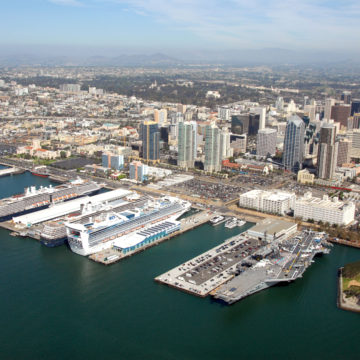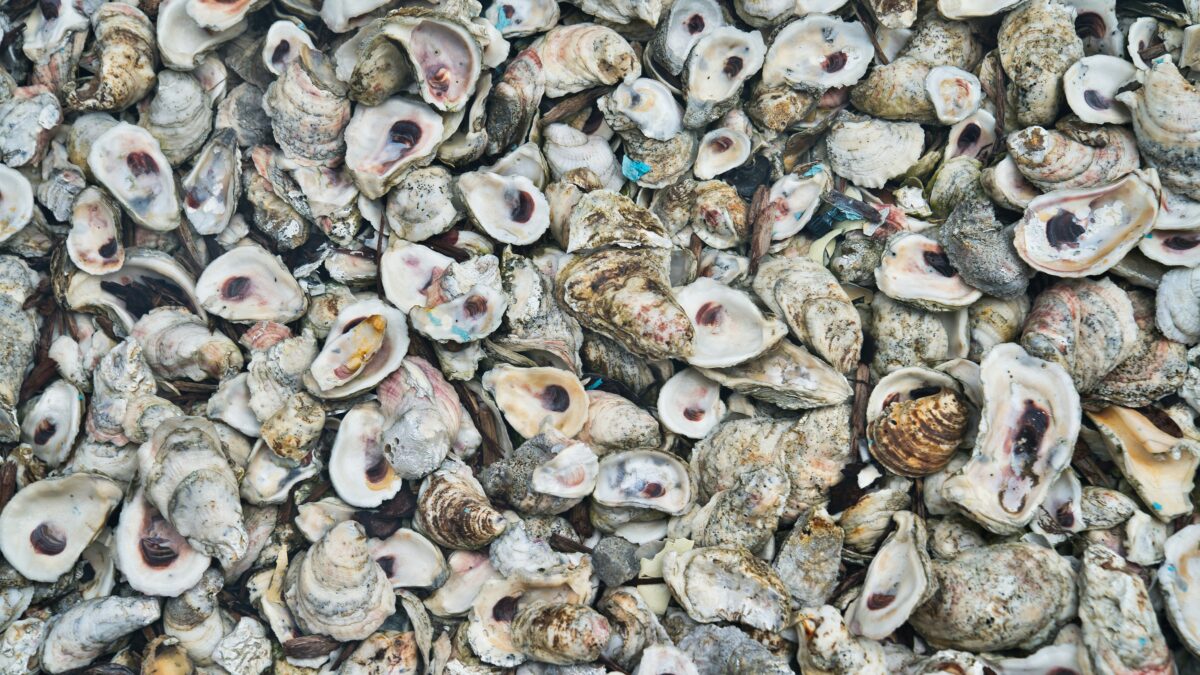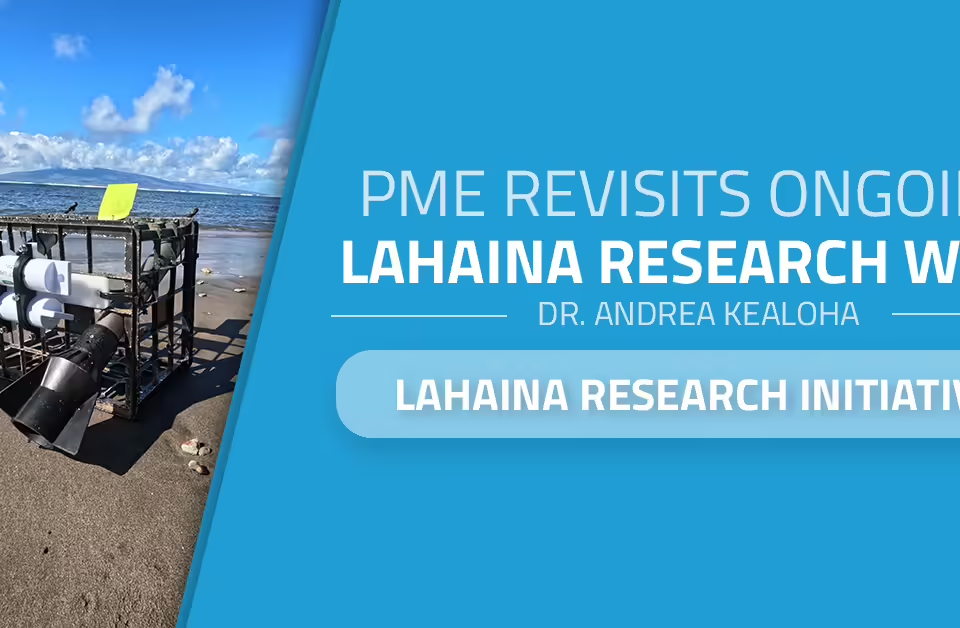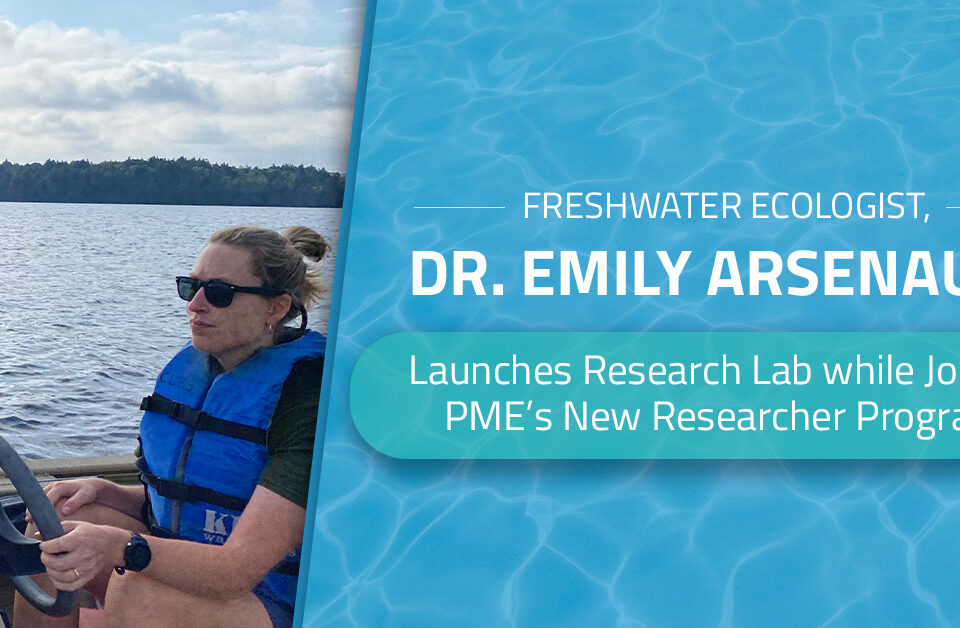
SDBJ – Women Who Mean Business Award
February 3, 2017
How Our miniDOT Was Swept Up In a Flood — And Survived
February 27, 2017
The Port of San Diego last month deployed PME miniDOT® dissolved oxygen Loggers to study the feasibility of oyster nurseries in the San Diego Bay.
The initial phase of the project will measure the quality of the water in the bay as well as the health of wild oysters and oysters being raised in six established test sites, according to a port news release. The data will also be needed for getting the project permit-ready.
Port officials cited National Oceanic and Atmospheric Administration statistics that 91% of seafood consumed by Americans is imported. In the proposed San Diego Bay project, the oysters will be grown to be three months old, then moved to a commercial oyster farm to be grown to marketable size.
Sufficient oxygen levels in the bay are vital to support growing oysters, but increasing ocean carbon dioxide levels have also been a problem for West Coast oyster growers. The shellfish uses calcium carbonate from seawater to create a shell while it is still a larva. Increasing acidity makes it more difficult for the larva to form shells.
Port officials said the warmer climate of the San Diego bay facilitates a shorter growing cycle, providing an advantage over operations farther north.
“There is incredible opportunity in the emerging field of aquaculture, and the Port of San Diego is seizing this opportunity to promote a core part of our mission – advance the Blue Economy,” Board of Port Commissioners Chairman Marshall Merrifield said in the release.
An update on the research is due to be delivered to the Board of Port Commissioners in the first quarter of 2017.
Here are some additional articles and web resources related to this project:






